Content by Adam Varenhorst
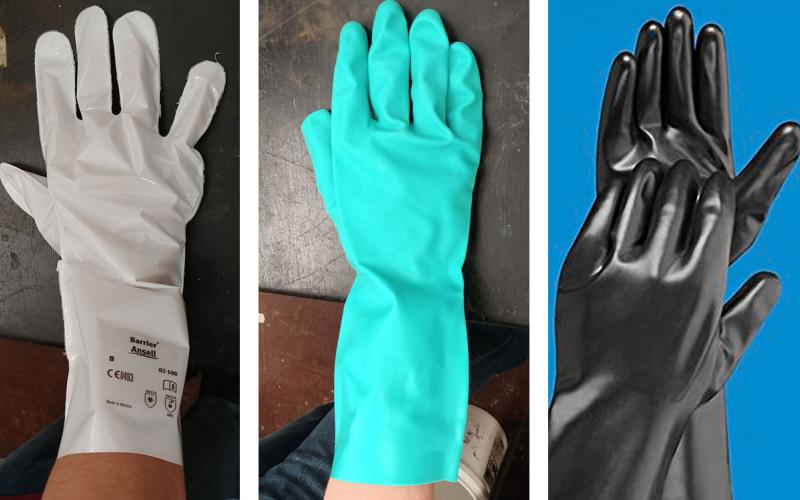
Pesticide Personal Protective Equipment: Glove Selection
Safety gloves are one of the most-important pieces of pesticide personal protective equipment. Glove material is very important, as not all materials provide the same protection for different pesticide ingredients.
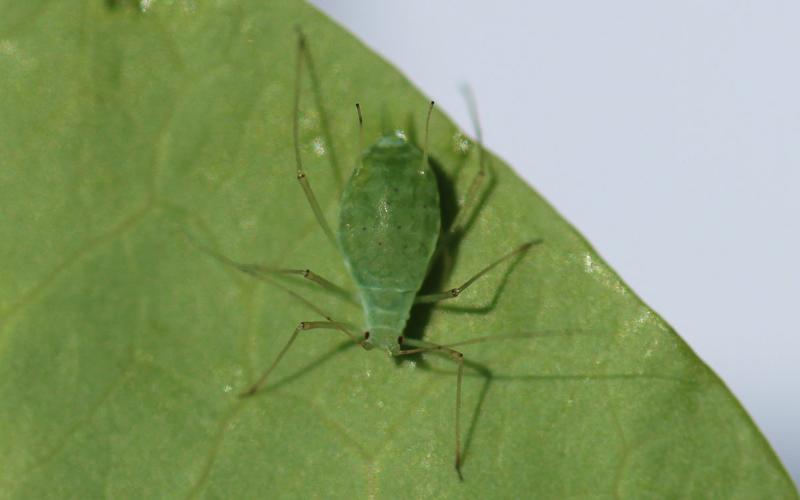
Monitor Alfalfa for Pea Aphid Activity
Pea aphids can cause yield reductions to alfalfa when large populations are present. Prolonged feeding by these populations can even cause the alfalfa fields to take on a “golden” color.
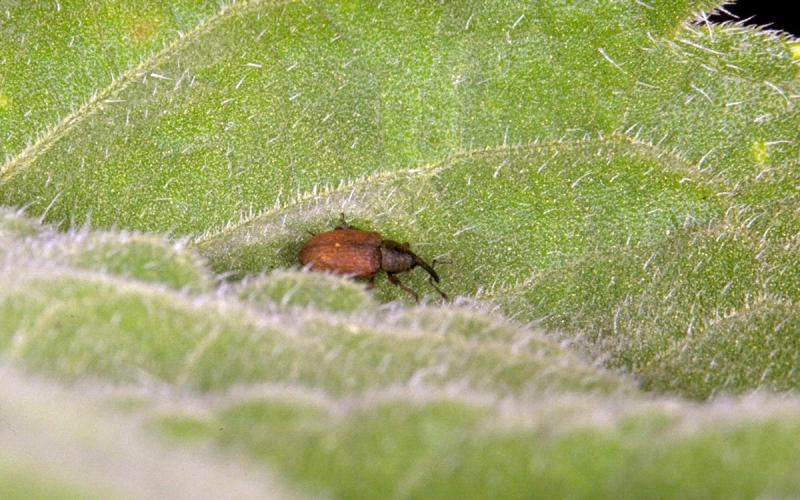
Malathion receives special local needs approval to treat red sunflower seed weevils in South Dakota from July 15 to August 31, 2025
The request was submitted and approved by the Environmental Protection Agency due to the large populations of red sunflower seed weevil present in South Dakota that are resistant to pyrethroid insecticides.
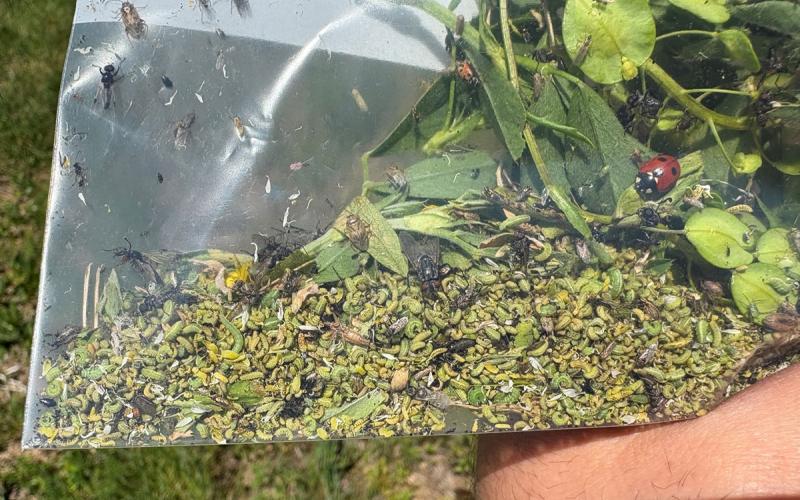
Alfalfa Weevil Populations Rapidly Increasing in Western South Dakota and Starting to Show up in Eastern South Dakota This Week
Recent degree day accumulations for alfalfa weevils in western South Dakota would suggest that alfalfa weevil larvae activity should be wrapping up for the 2025 season. However, recent scouting of alfalfa suggests otherwise.
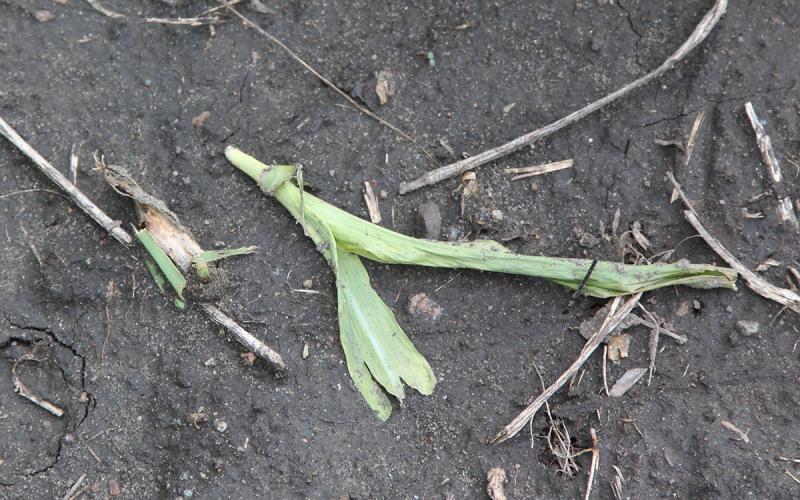
Scout Corn for Black Cutworm Activity
Black cutworms are a migratory moth that moves into South Dakota during early spring. Although black cutworm caterpillars cause minor corn injury by feeding on leaf tissue, serious injury occurs when feeding results in the cutting of young corn plants.
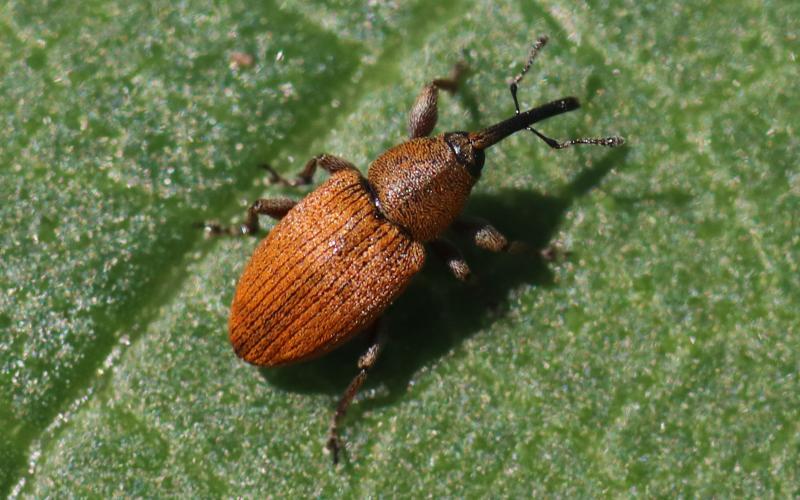
Red Sunflower Seed Weevils in South Dakota
Fact sheet on red sunflower seed weevils in South Dakota
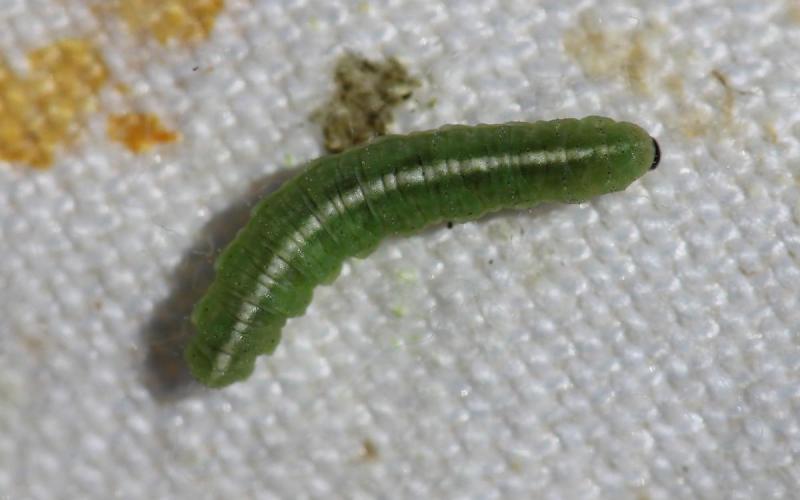
Alfalfa Weevil Activity Prediction Update: May 29, 2025
The lowest calculated degree days in South Dakota indicate that fourth instar larvae should be active, while the highest calculated degree days suggest that pupation is occurring in the field.
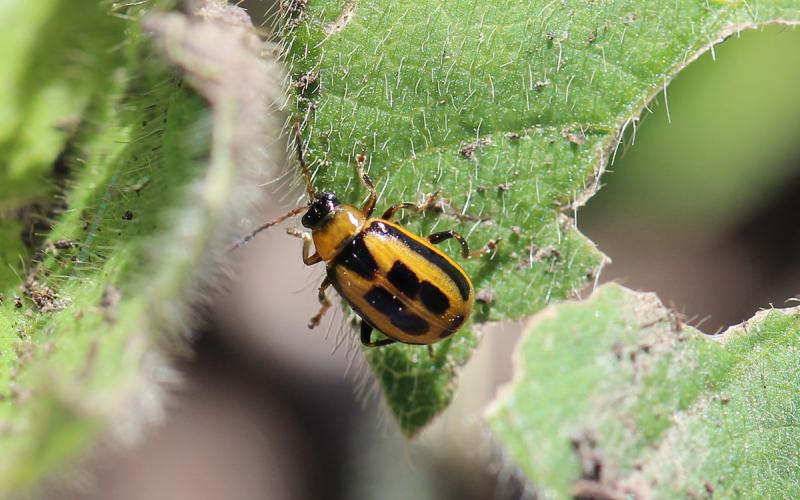
South Dakota Overwintering Bean Leaf Beetle Predicted Mortality: 2024-2025
Each year we evaluate the overwintering success of bean leaf beetles in South Dakota. For adult bean leaf beetles that successfully overwintered, emergence will begin in the spring and they will move into soybean fields.
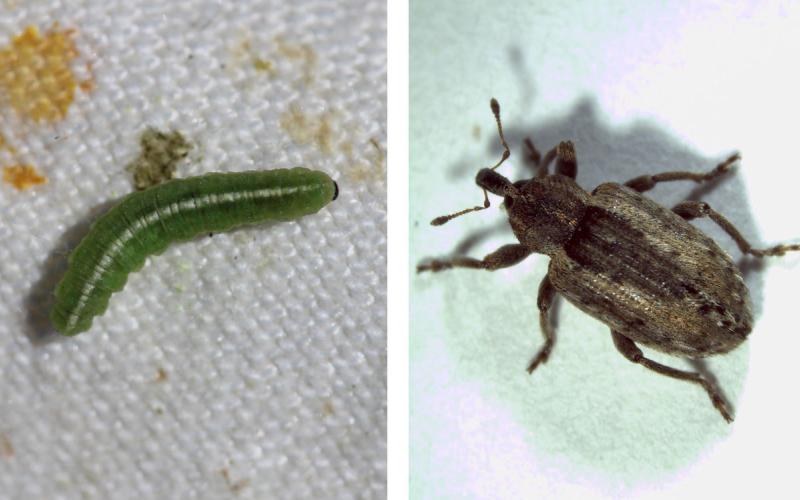
Alfalfa Weevils Are Active in Some Parts of South Dakota
Degree day accumulations indicate that alfalfa weevil larvae should be active throughout South Dakota.

Alfalfa Weevil Activity Prediction Update: May 22, 2025
Degree day accumulations for alfalfa weevil larvae indicate that third to fourth instar larvae should be active in fields throughout South Dakota.